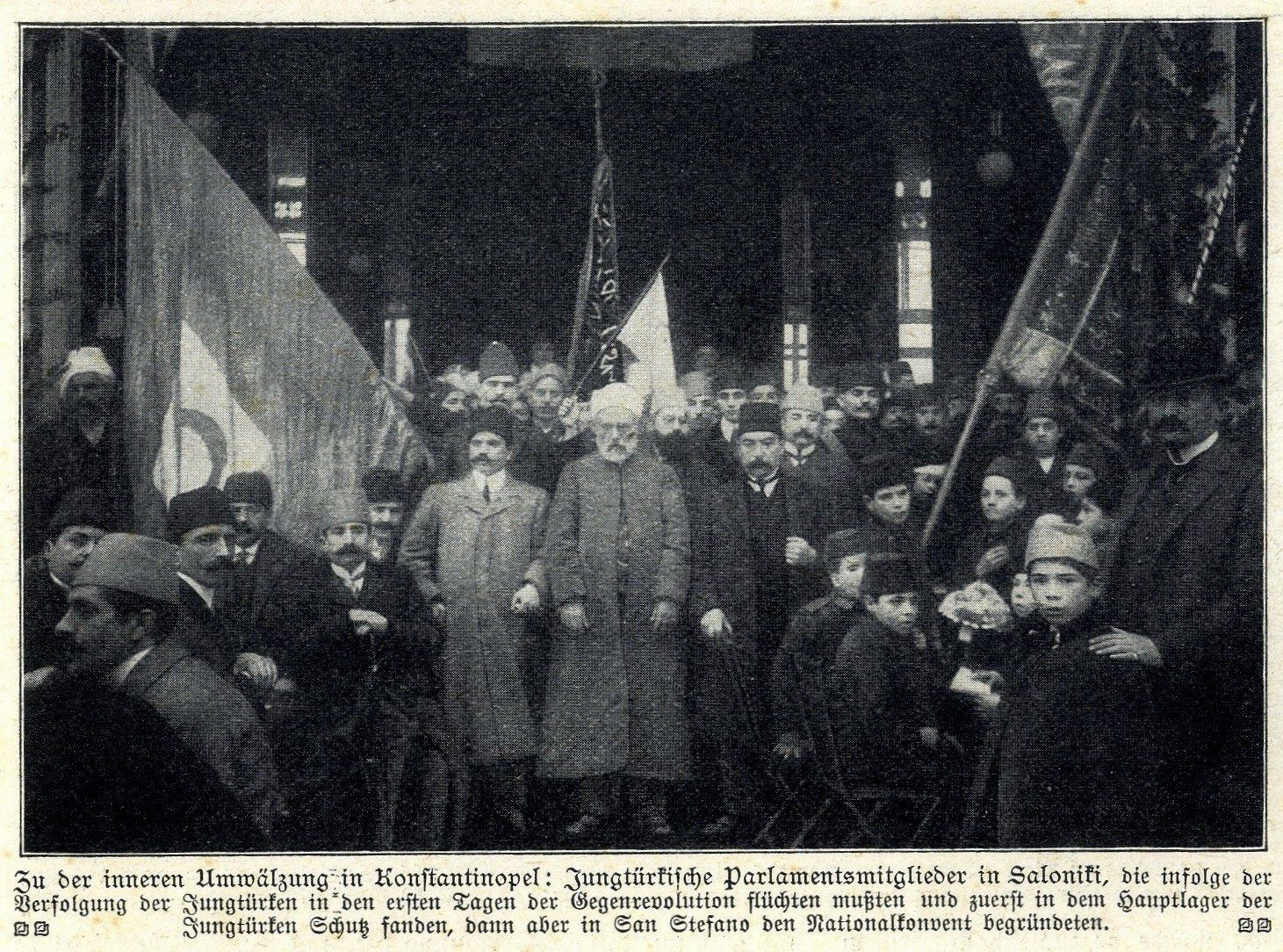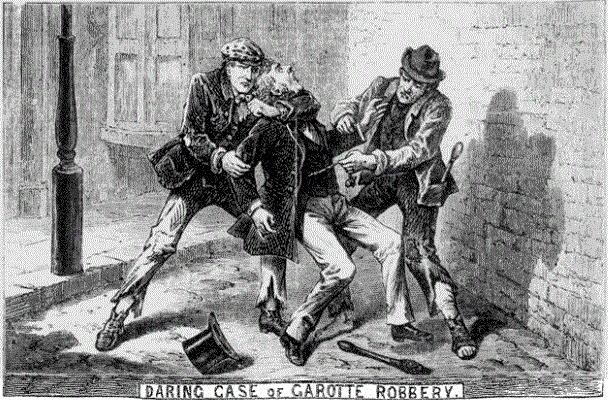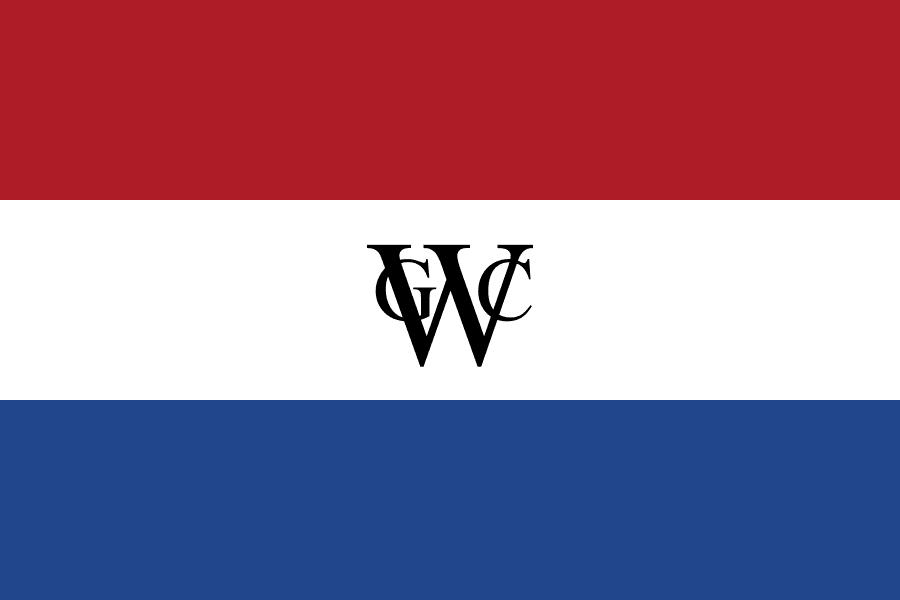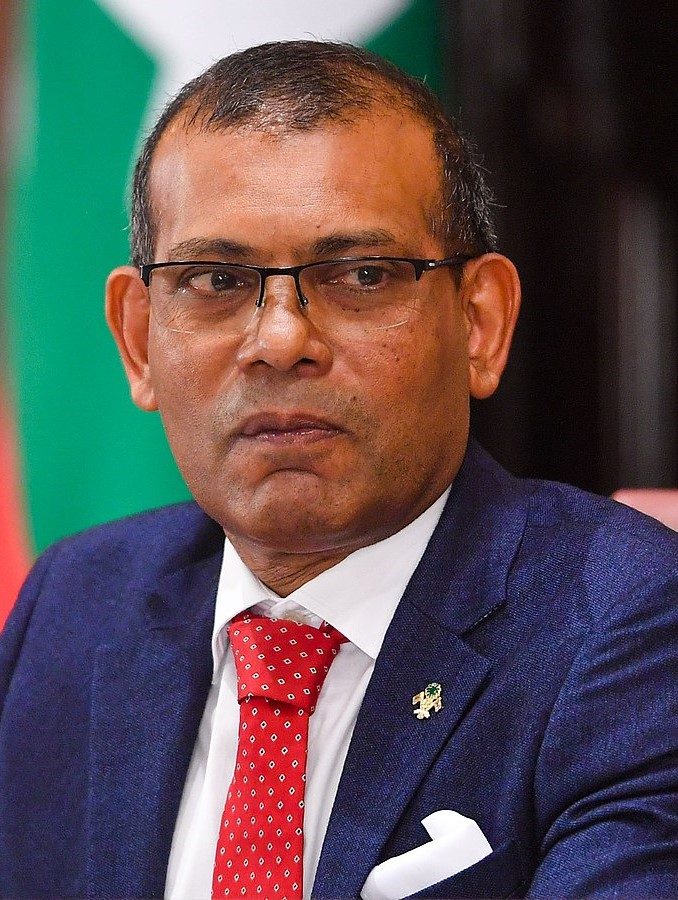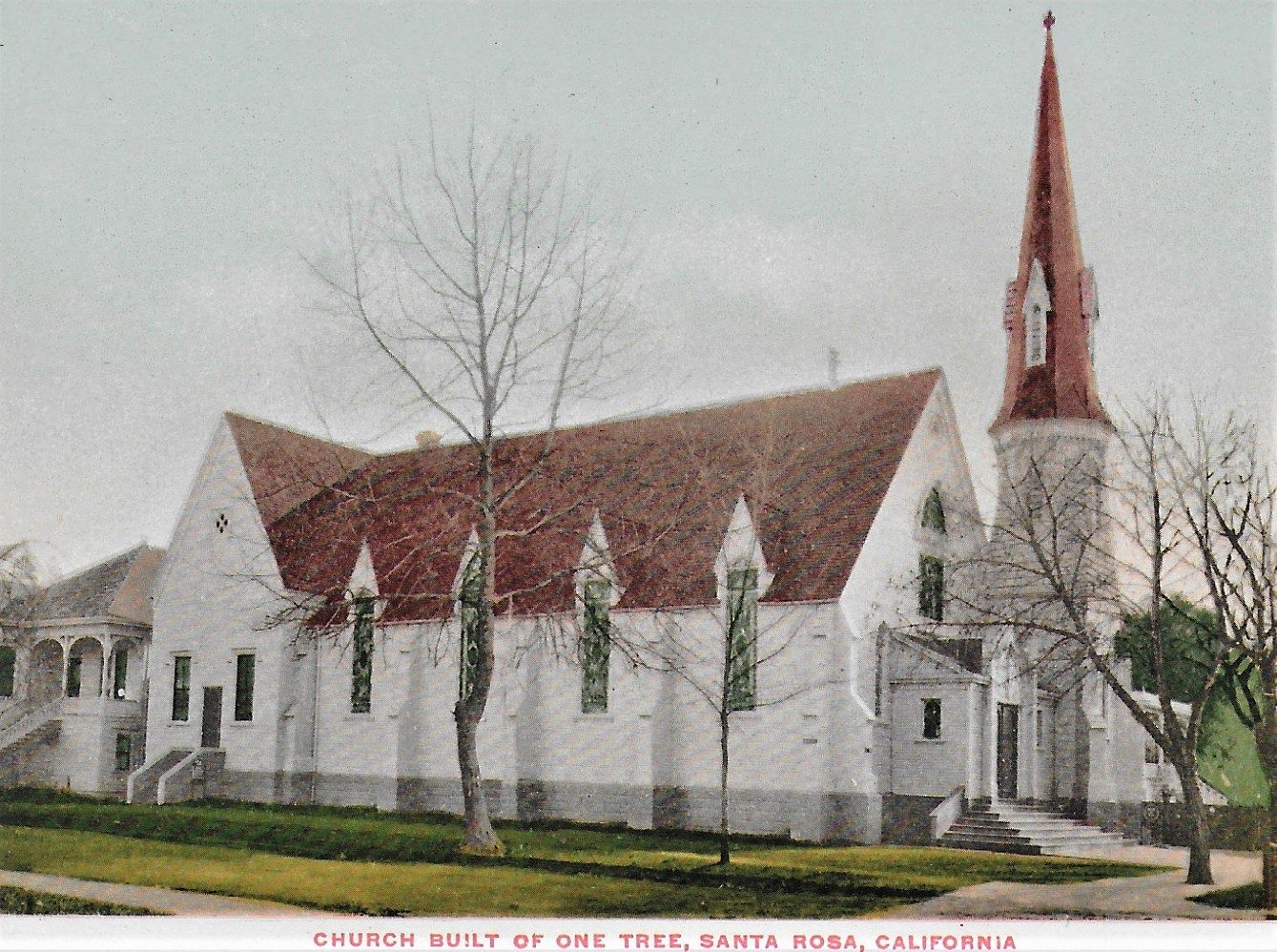Description
The 31 March incident was an uprising in the Ottoman Empire in April 1909, during the Second Constitutional Era. The incident broke out during the night of 30–31 Mart 1325 in Rumi calendar, thus named after 31 March where March is the equivalent to Rumi month Mart. Occurring soon after the 1908 Young Turk Revolution, in which the Committee of Union and Progress (CUP) had successfully restored the Constitution and ended the absolute rule of Sultan Abdul Hamid II, it is sometimes referred to as an attempted countercoup or counterrevolution. It consisted of a general uprising against the CUP within Istanbul, largely led by reactionary groups, particularly Islamists opposed to the secularising influence of the CUP and supporters of absolutism, although liberal opponents of the CUP within the Liberty Party also played a lesser role. Eleven days later the uprising was suppressed and the former government restored when elements of the Ottoman Army sympathetic to the CUP formed an impromptu military force known as the Action Army. Upon entering Istanbul on 24 April Sultan Abdul Hamid II, accused by the CUP of complicity in the uprising, was deposed and the Ottoman National Assembly elevated his half-brother, Mehmed V, to the throne. Mahmud Shevket Pasha, the military general who had organised and led the Action Army, became the most influential figure in the restored constitutional system until his assassination in 1913.

